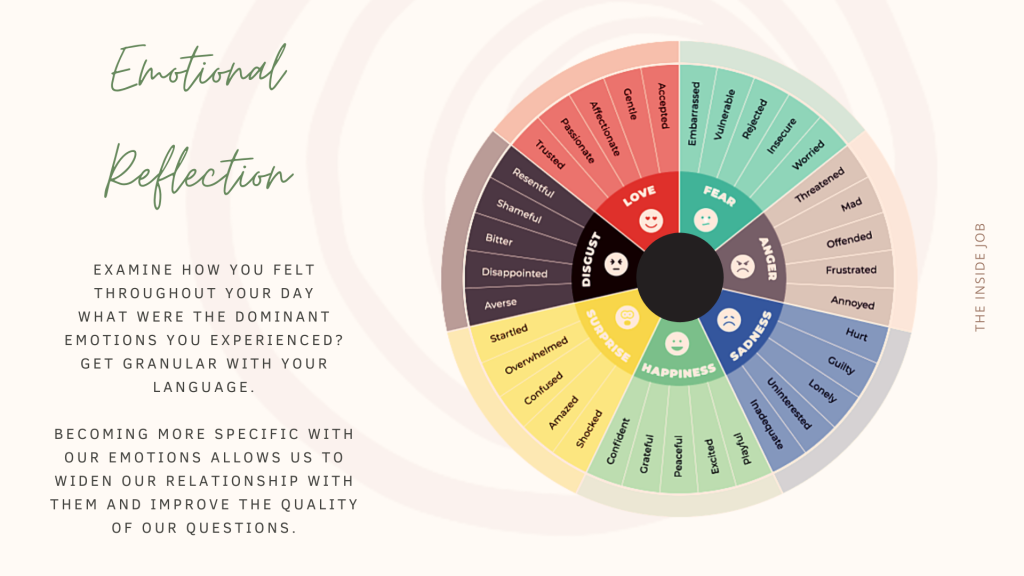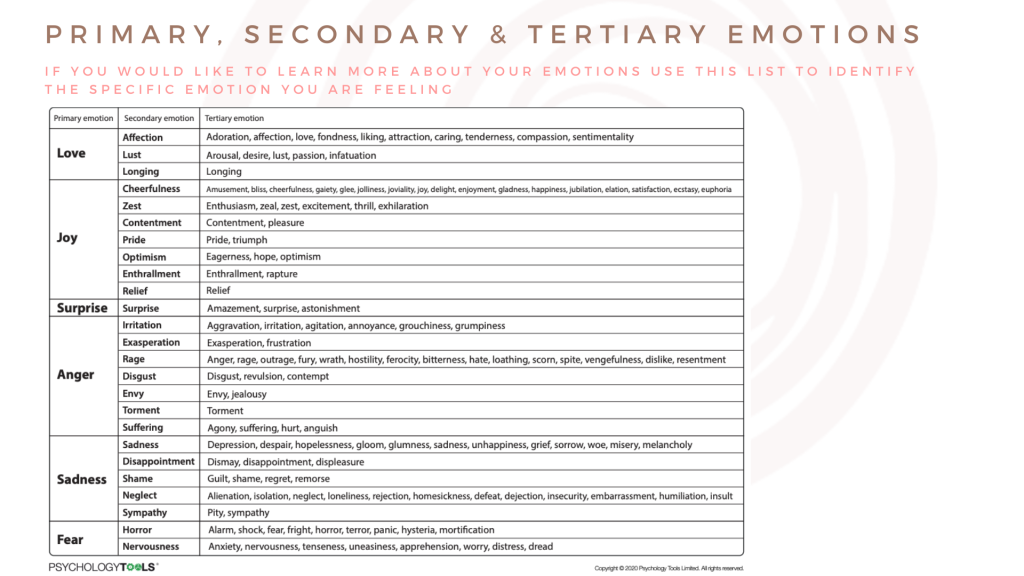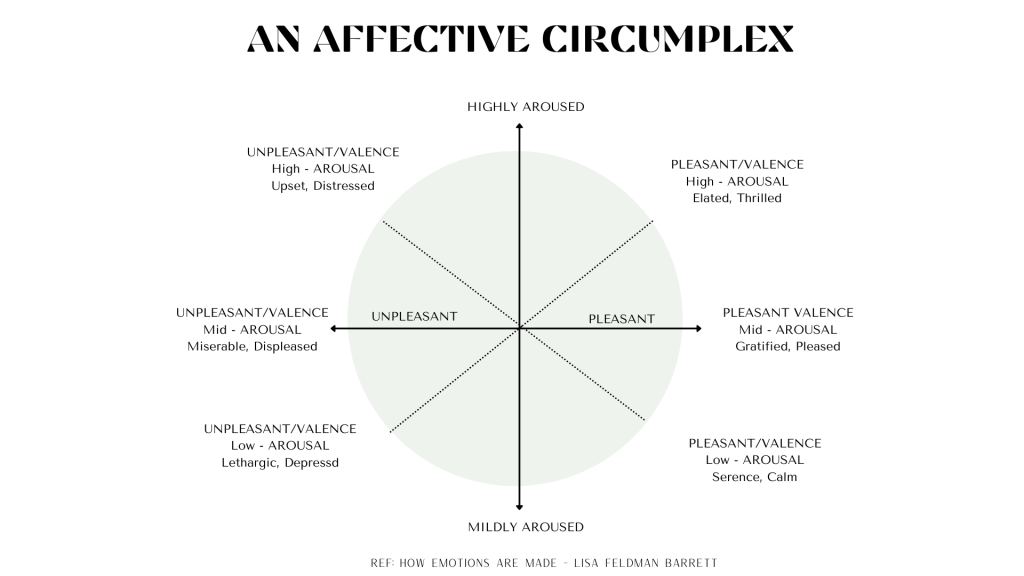From the moment you step in to the property market irrespective of Your Real Estate Profile you better get ready for a bumpy ride. Rarely do things go exactly to plan. Managing expectations and relying on others can send you around the twist! In real estate, as in life, we find ourselves navigating situations that challenge and excite us. We get pushed, we grow and we learn.
Which brings me to todays Topic in our 7 Days of Wellness community offering – Emotions. Emotions are incredibly powerful and can have a completely arresting or exhilarating effect on us. Hormones and chemicals flood the body, sensations, perceptions, behaviours and thoughts all get pulled in to this one. The information I share today covers the traditional view of emotions, getting granular with our emotional language and the new science of emotion.
Often we enter the real estate market due to situations that have sparked emotions which are intense and often highly charged events such as starting a family, a first home, deceased estates and down sizers the entire gambit of emotions. Life happens here, we experience great joy and crushing disappointment/loss but we can’t always control what happens around us and there is no greater example than what we are all experiencing today with Covid.
My intention in sharing these resources is to unload some tools and insights to help you navigate your emotional day. Not your whole life just a day, start small. Today we take a closer look at YOUR emotional repertoire.
How Many Emotions Do You Experience In One Day?
Today we operate within a narrow band of emotions. I challenge you to come up with the top five emotions you feel most regularly.
Chances are they sound something like . . . happiness, sadness, anger, fear and love ? Right give or take?
The problem, as I see it, is we have stopped using our senses and literacy around emotions. When we become aroused positively or negatively. Instead of sitting with an emotion or feeling and reflecting on it we rush to immediately broadly categorise it – entering the mainstream of consciously unconscious. A symptom of the “living in our head lifestyle” that we have become accustomed to. We rush into and out of emotions in the same way we abbreviate our spoken language with texts and emojis. Even our relationships and jobs? We rush. Well . . . everything.
Suppose we delve in to the emotional nuances and combinations of emotions by using our language to describe more accurately what we are/were feeling in order to get closer to the truth of which emotion it may be and what is really happening for us? If we have a better understanding we can ask better questions and have richer conversations.

Let’s take Anger for instance, that’s a “catch all” for strong feelings and sensations that could better be explained by using statements such as “I felt threatened” or “I was offended”. Or Fear by exploring what exactly about fear might your reaction have been triggered by; “I felt rejected” or “I felt insecure”.
Can you see these tiny shifts allow us to mine more deftly in to the experience. We can ask ourselves what specifically about the event made you feel insecure?” Or, “Who specifically did you feel rejected by?” Often if might be that a value we hold dearly has been offended in which case better questions lead to better outcomes. Remember the power there is when the mind stops guessing and has something concrete to work with.
We can drill further by refining again and again.

Use this exercise to fine tune your emotional literacy during your evening reflection. Also remember to go back to the Evening Reflection Worksheet in Day 2 – Creating Your Daily Routine. It is designed to reflect on the emotional component of your day.
I think there is enormous value in more fully understanding what is happening within us and to communicate this with ourselves and others. Using tools such as these quick and easy references can expand our perspective allowing us to scan for other possibilities and create spaciousness and sophistication between the event and the reaction.
That said, hold on to your hats because I am going to point you towards the new theories of emotions which frankly must be discussed if we are having any conversations regarding our emotional state.
You can create your own experience!
Wait – WHAT???
The Classical View of Emotions – For years it was believed that emotions are hardwired in the brain and there was a direct relationship between facial expressions, neural circuitry, physiological response and behaviours. That there was a particular circuit for happiness and another circuit for anger etc. These theories are now being hotly debated.
Work by Lisa Feldman Barratt and Joseph LeDoux are examples of new theories within psychology and neuroscience that are really worth pointing you to. If you are interested in learning further about emotions or you are a science junky like me read on . . .
Lisa’s work maintains that our brain makes it best guess by using different ingredients such as your body (interoception), your outside world (exteroception) and your past experiences. The brain then sets to work doing what it does best, making connections, categorising and recategorising. She goes on to say that we experience valence pleasant or unpleasant and arousal high or low. If we can create new concepts we can interpret what we are experiencing differently. I cannot put it more succinctly or eloquently than Lisa herself . . .
The theory of constructed emotion is not just a modern explanation of how emotions are made. It’s also an ambassador for a radically different view of what it means to be a human being”.
Lisa Feldman Barrett

So giving us more control over our thoughts, feelings and behaviours gives us hope does it not that we can change aspects of us and our environment, to empower us to go on to build the life that we want and how we want others to experience us. This is so powerful and more especially, for me, hopeful. Be hopeful. Caveat – it puts the responsibility back on us. Ouchhhh!”Humans are not at the mercy of mythical emotional circuits buried deep inside the animalistic part of our highly evolved brain. We are architects of our own experience.”
Lisa Feldman Barrett
“Fear and other emotions are based on assumptions, presuppositions and expectations. They are constructed in the brain from non emotional ingredients”.
Joseph LeDoux
So I will leave our very brief discussion on emotions here. I hope I have piqued your interest in to looking at what is above, behind and around the emotion you have just experienced and then go in search of a word which best describes it. You could even invent a new word all of your own and if you share that word it then becomes part of the collective. We are evolving constantly – we are not evolved.
Tomorrow we attend to our state management as promised.
Be well.
Sandra x
Rabitt Holes
Books
Flourish: A Visionary New Understanding of Happiness and Wellbeing, by Martin Seligman (2011). Nicholas Brealey Publishing.
How Emotions are Made: The Secret Life of the Brain. By Lisa Feldman Barratt. (2017). Pan Books.
Videos
- TED talk – You aren’t at the mercy of your emotions – your brain creates them, by Lisa Feldman Barrett.
- TED talk – The new era of positive psychology, by Marty Seligman
- TED talk – How we read each other’s minds, by Rebecca Saxe
- Experts in Emotion – Yale Courses. Interview series explores the mysteries of human emotion with researchers and other experts.
Please be aware whilst every effort is taken in the production of this information it is prepared as a general guide only. It is not to be taken as advice in any instance. Nor is it specific to any person, or group of persons. While the MyPlace uses reasonable efforts to include accurate and up-to-date information the Company makes no warranties or representations as to its accuracy. The Company assumes no liability or responsibility for any errors or omissions of the content or how how this content is applied. In no event shall the company be liable for any special incidental, indirect punitive, reliance or consequential damages whether foreseeable or not.